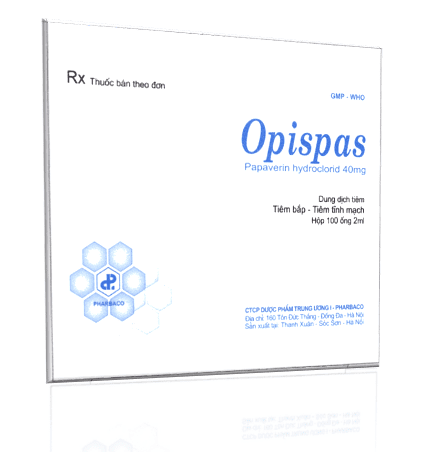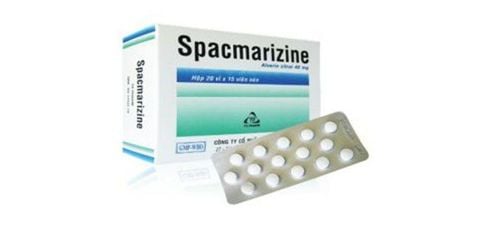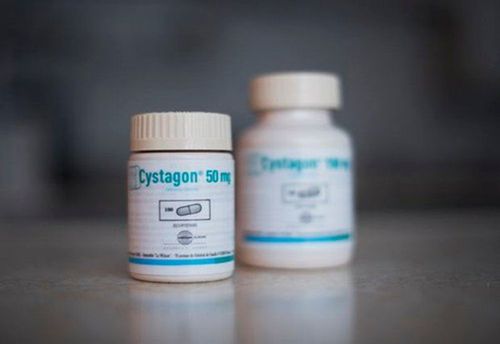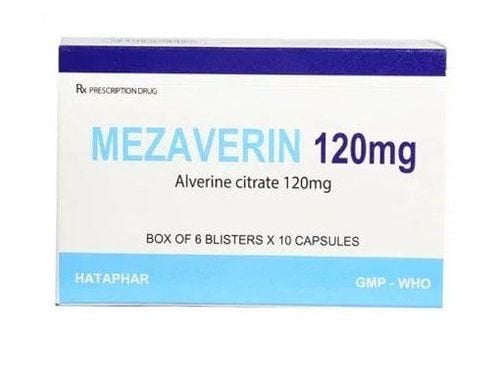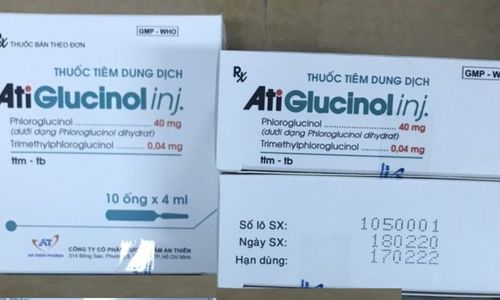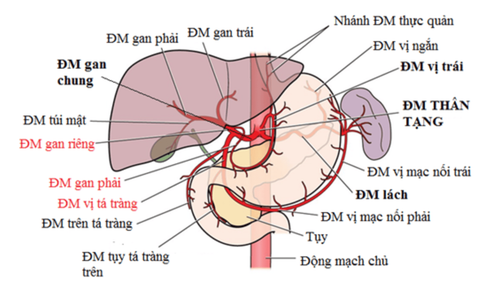This is an automatically translated article.
The article was professionally consulted by Master, Doctor Nguyen Thi Thanh Thuy - Endocrinologist - Dialysis - Kidney Transplant - Department of Medical Examination & Internal Medicine - Vinmec Central Park International General Hospital.The typical renal colic is a common condition of patients with diseases related to the urinary system (such as kidney stones, ureters, cancer, renal tuberculosis, ..). This article presents insights into the signs, management, and treatment of patients with typical renal colic.
1.Typical renal colic
1.1. What is typical renal colic? Renal colic is typically the result of an acute obstruction of the urinary tract, causing urinary retention and sudden distension of the renal pelvis. The underlying causes of typical renal colic may be urolithiasis, thrombosis in the ureteral region, or extraureteral tumor causing obstruction of the urinary tract.1.2. Symptoms of typical renal colic The most common manifestation of renal colic is pain on the affected side, between the ribs and hips, the pain also radiates to the area. lower abdomen and down to the groin. A typical renal colic is episodic and lasts 20 to 60 minutes, then subsides and the next episode recurs.
Here are some common signs that accompany typical renal colic :
Urinary retention , difficulty urinating or unusually frequent urination Urine is pink to red , reddish brown due to the presence of blood Cloudy urine , has a foul odor and contains small particles

Bí tiểu là một trong các dấu hiệu thường gặp kèm theo của cơn đau quặn thận điển hình
Patient is completely unable to urinate Fever above 38°C Vomiting is persistent and uncontrollable.
2.Treatment of renal colic pain
The typical renal colic is a case that needs emergency and examination by a doctor at a hospital or medical facility. To manage renal colic pain, the doctor will order some tests to determine the cause as well as avoid confusion with other diseases. The test indicators to help monitor as well as find the cause to treat renal colic are:Urine test to look for signs of red blood cells, white blood cells in urine, culture for bacteria if there is an infection. coincide.

Siêu âm ổ bụng
3.Treatment of renal colic pain
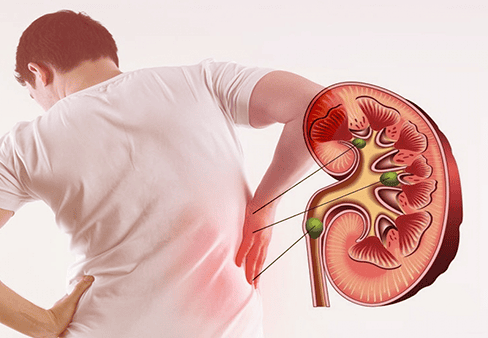
Sỏi thận
3.1 Using drugs in the treatment of renal colic Some drugs used for patients with renal colic are typically antibiotics, anti-inflammatory drugs, anti-inflammatory drugs, anti-edematous drugs, spasmolytics, and muscle relaxants to help reduce edema. pain,...
3.2 Treatment of renal colic caused by a kidney stone In some cases typical renal colic is caused by a kidney stone, but if the stone is relatively small in size, the patient does not If the patient has severe pain and responds well to the pain medications prescribed by the doctor, then the patient can be treated at home under the doctor's instructions.
To treat renal colic pain caused by kidney stones definitively, stone removal is the only way to proceed. In addition to medical treatment, there are a number of other intervention methods such as:
Extracorporeal lithotripsy using pulse waves to help break the stones into small particles and easily pass out through the urine. Percutaneous lithotripsy is also a commonly used method to remove kidney stones to help treat renal colic pain definitively for patients. Endoscopic lithotripsy is also used to treat renal colic but is used less frequently. In the case of large kidney stones or unsuccessful lithotripsy, laparoscopic surgery is the last option considered to treat renal colic pain for the patient. Vinmec International General Hospital is a high-quality medical facility in Vietnam with a team of highly qualified medical professionals, well-trained, domestic and foreign, and experienced.
A system of modern and advanced medical equipment, possessing many of the best machines in the world, helping to detect many difficult and dangerous diseases in a short time, supporting the diagnosis and treatment of doctors the most effective. The hospital space is designed according to 5-star hotel standards, giving patients comfort, friendliness and peace of mind.
Please dial HOTLINE for more information or register for an appointment HERE. Download MyVinmec app to make appointments faster and to manage your bookings easily.




